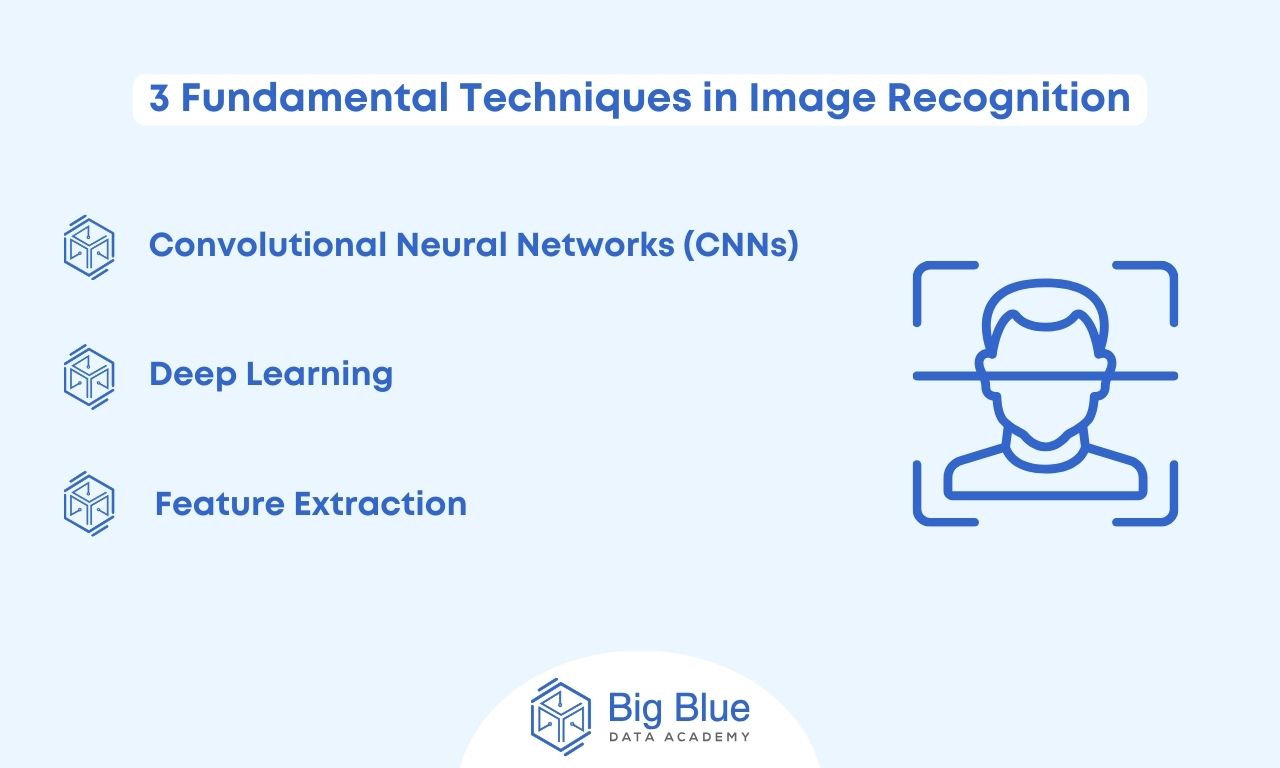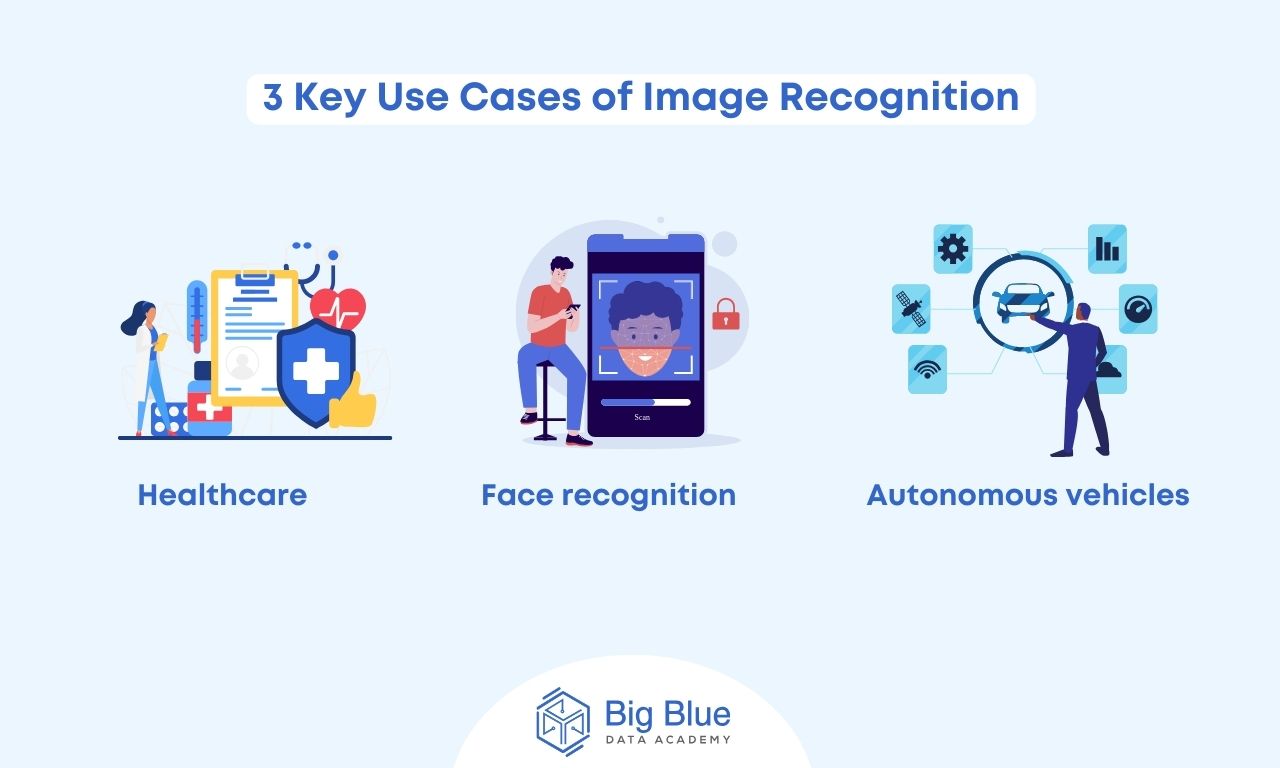Image Recognition: Definition, Applications & Examples
Image recognition is an integral part of the technology we use in our daily lives, from facial recognition unlocking a smartphone to medical imaging in healthcare and autonomous vehicles.
That’s why, in today's article, we'll delve into:
- What is image recognition?
- Basic techniques of image recognition.
- The process involved in image recognition.
- Applications and use cases of image recognition.
Let's start with a basic definition.
What is Image Recognition?
Image recognition is a subcategory of computer vision that trains computers to recognize and interpret the visual world.
It encompasses algorithms, techniques, and machine learning models for detecting and classifying specific objects, individuals, texts, and actions within digital images and videos.
Images are converted into numerical information, allowing computers to understand the world in a manner similar to human vision.
Having covered what image recognition is, let's explore the basic techniques used.
3 Fundamental Techniques in Image Recognition
The 3 fundamental techniques used in image recognition are as follows:

Technique #1: Convolutional Neural Networks (CNNs)
Designed for image recognition and classification, CNNs use principles of linear algebra to identify patterns in an image.
Technique #2: Deep Learning
Utilizing artificial neural networks with deep structures, deep learning processes large sets of unstructured data, such as images.
Technique #3: Feature Extraction
Another important technique is feature extraction, which involves identifying unique characteristics in an image.
Algorithms used for this purpose include Scale-Invariant Feature Transform (SIFT) and Histogram of Oriented Gradients (HOG).
Next, let's look at the process involved in image recognition.
What is the Process Involved in Image Recognition?
First, a dataset of images is collected.
Once an unlabeled image dataset is collected, it is important that data scientists label it and validate the labels before proceeding with image dataset analysis.
For example, a cat image needs to be identified as a "cat", and if there are multiple cats in one image, they need to be labeled with labels or bounding boxes as appropriate.
Then, before model training, it is necessary to pre-process the images (image preprocessing) by loading them, cleaning the data, and converting them into numerical tables.

Coming to the model selection stage, one needs to experiment with different CNN models and evaluate their performance by training them on the smaller training dataset.
Once the best-performing model is determined, its hyperparameters need to be optimized for increased accuracy.
Once an image recognition system is trained, it can be fed new images and videos, which are then compared to the original training data set to make predictions.
3 Key Use Cases of Image Recognition
Image recognition is effectively used in the following fields.

Use case #1: Healthcare
Image recognition is used in healthcare to analyze medical imaging scans such as MRIs and CT scans to diagnose diseases and detect abnormalities.
By identifying patterns and potential abnormalities within these images, accurate and timely diagnosis can be made.
Use case #2: Face Recognition
A basic application of image recognition is face recognition.
Facial recognition is used extensively in social media, security systems, and entertainment.
Facial recognition functionality on smartphones as well as electronic image authentication at security checkpoints such as airports are common applications of image recognition.
Use case #3: Autonomous Vehicles
Image recognition is particularly utilized in autonomous vehicles to identify obstacles, traffic signs, and pedestrians, helping them better understand their environment.
Ramping Up
We've explored what image recognition is, how it works, and some of its key applications.
The field of machine learning and data science continues to evolve rapidly.
So, if you are intrigued and want to learn more about the fascinating and promising sector of data science follow us and we’ll keep you updated with more educational articles!


.jpg)